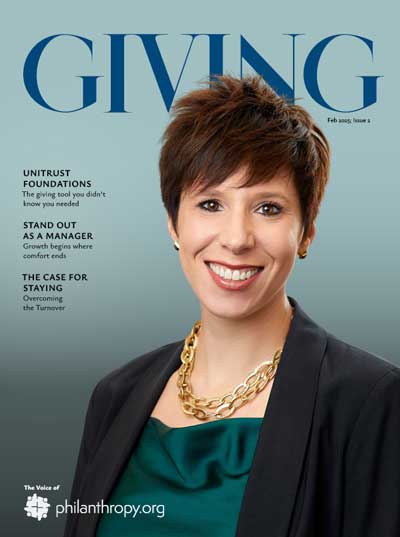Now that the SECURE Act is law, donors are (or should be!) reviewing their estate plans, retirement strategies, and philanthropic strategies to see if they should make changes. But what advice are they getting from their financial advisors about their estate plans — and how could it affect your charity?
Philanthropically inclined advisors are telling your donors:
- Retirement plans are normally taxed at a much higher rate. So leaving less-taxed assets to heirs is a much more favorable strategy, since there’s zero-tax if donated to charity.
- Heirs now have only 10 years to take Required Minimum Distributions. This means the government will get their taxes sooner. Think philanthropically; consider a QCD.
- Now’s a good time for a thorough tax review. In some cases, as you make your estate plans, it might make sense to leave an IRA to charity and purchase life insurance for your children; or open a charitable remainder trust to maximize legacy benefits.
Those advisors who are not so philanthropically inclined are recommending:
- Add a Standalone Retirement Trust to your estate plan. A standalone retirement trust with an accumulation provision permits assets to remain in trust for a beneficiary — even if RMDs must be taken and taxes paid.
- The idea behind an SRT is asset protection: It safeguards heirs against losing estate assets to creditors, or through a divorce, and it protects financially immature heirs from wasting a potential financial windfall.
- Then, instead of leaving retirement assets directly to your heirs, you’d change the requisite beneficiary designations to name the SRT as a beneficiary. The trustee will distribute the assets to your heirs according to the terms of the trust.
While the SRT strategy might protect heirs from themselves, it does nothing to protect them from the taxes they’ll face on inherited retirement assets (and it does nothing for your nonprofit’s planned giving program).



